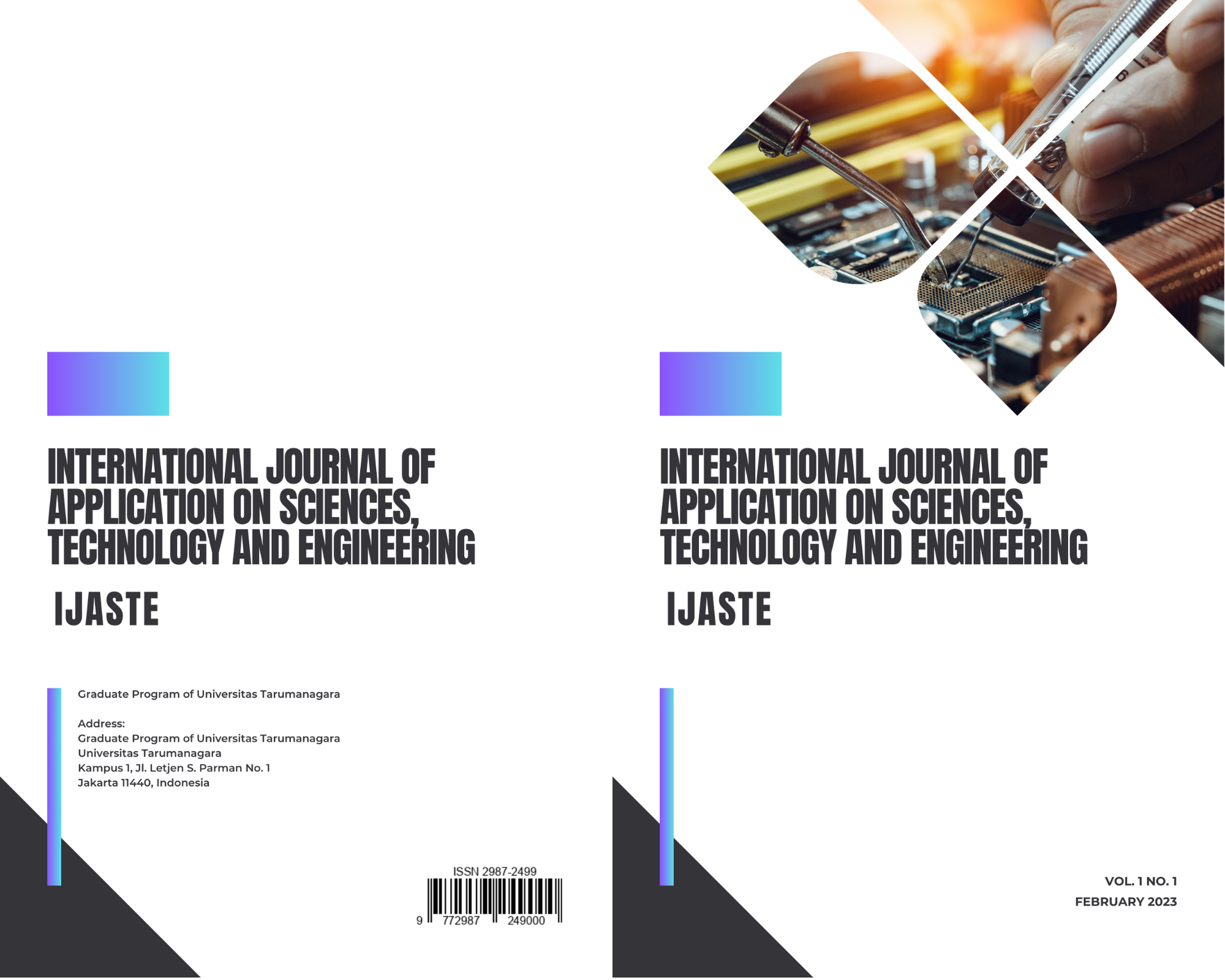Six Sigma Method for Improving the Quality of a Flat LM Type. An Evidence-Based Case Study of a PT. SPM
Main Article Content
Abstract
PT. SPM is a steel cutting manufacturing company. PT. SPM encountered difficulties during the manufacturing process as a result of the large number of production products classified as defective, particularly flat steel products of the Flat LM type. The company will undoubtedly suffer a loss as a result of the high number of defective products. To reduce the number of defects in manufactured products and to minimize company losses, a study was conducted using the six sigma DMAIC method to ascertain the primary causes of defects and possible improvements. According to the results of the DMAIC analysis, the most prevalent types of defects were dimensional defects that did not match the percentage of 58 percent; non-elbow defects that did not match the percentage of 24 percent; and scratch defects that did not match the percentage of 17 percent. The value of the company's process capability remains less than one (0.776), and the sigma level remains less than six (3.88). There are numerous factors that contribute to defects, including operator negligence, suboptimal machine performance, and an unsupportive work environment. Numerous improvement proposals were made in response to priority issues, including developing SOPs for worker training, developing OPL for the cutting process, and developing machine maintenance checksheets.
Article Details

This work is licensed under a Creative Commons Attribution-NonCommercial-ShareAlike 4.0 International License.
References
D. L, Goetsch, S. B. Davis dan B. Molan, Pengantar Manajemen Mutu 2, Jakarta: PT Prenhalindo, 2002.
D. G. Tambunan, B. Sumartono and H. Moektiwibowo, "Analisis Pengendalian Kualitas Dengan Metode Six Sigma Dalam Upaya Mengurangi Kecacatan Pada Proses Produksi Koper Di Pt Srg," Jurnal Teknik Industri, vol. 9, no. 1, 2020.
Wulansari, M. Y. Lubis dan A. A. Yanuar, “Perancangan Alat Bantu Untuk Meminimasi Defect Pada Proses Finishing Komponen Coupling Head Dengan Metode Six Sigma Di Pt Xxx,” eProceedings of Engineering, vol. 6, no. 2, 2019.
Sukania, I Wayan, Iphov Kumala Sriwana, dan Edwin Suryajaya. Usulan Perbaikan Kualiatas Penggulungan Benang Nilon Dengan Menggunakan Metode Six Sigma di PT. XYZ. Jurnal Energi dan Manufaktur. Vol. 7, no. 1, 2015.
Putra, T. A. Tresna, Sukarsa, I. K. GDE, Srinadi and I. G. A. Made, "Penerapan Metode Six Sigma Dalam Analisis Kualitas Produk (Studi Kasus Produk Batik Handprint Pada PT XYZ di Bali)," E-Jurnal Matematika, vol. 6, no. 2, pp. 124-130, 2017.
a. T. Soemohadiwidjojo, Six sigma : Metode Pengukuran Kinerja Perusahaan Berbasis Statistik, Jakarta: Raih Asa Sukses, 2017.
V. Gaspersz, Lean Six Sigma, Gramedia Pustaka Utama, 2007.
T. Soemohadiwidjojo, Six sigma : Metode Pengukuran Kinerja Perusahaan Berbasis Statistik, Jakarta: Raih Asa Sukses, 2017.
T. Y. M.Z and R. N. Nurcahyo, TQM Manajemen Kualitas Total dalam Perspektif Teknik, Jakarta: PT Indeks Jakarta Barat, 2013.
K. Ishikawa and D. J. Lu, Pengendalian Mutu Terpadu, Bandung: PT Remaja Rosdakarya, 1990.
S. Fauziah, "Analisis Pengendalian Kualitas Produk Surat Kabar Harian X," Universitas Sahid Jakarta, Jakarta, 2019.



